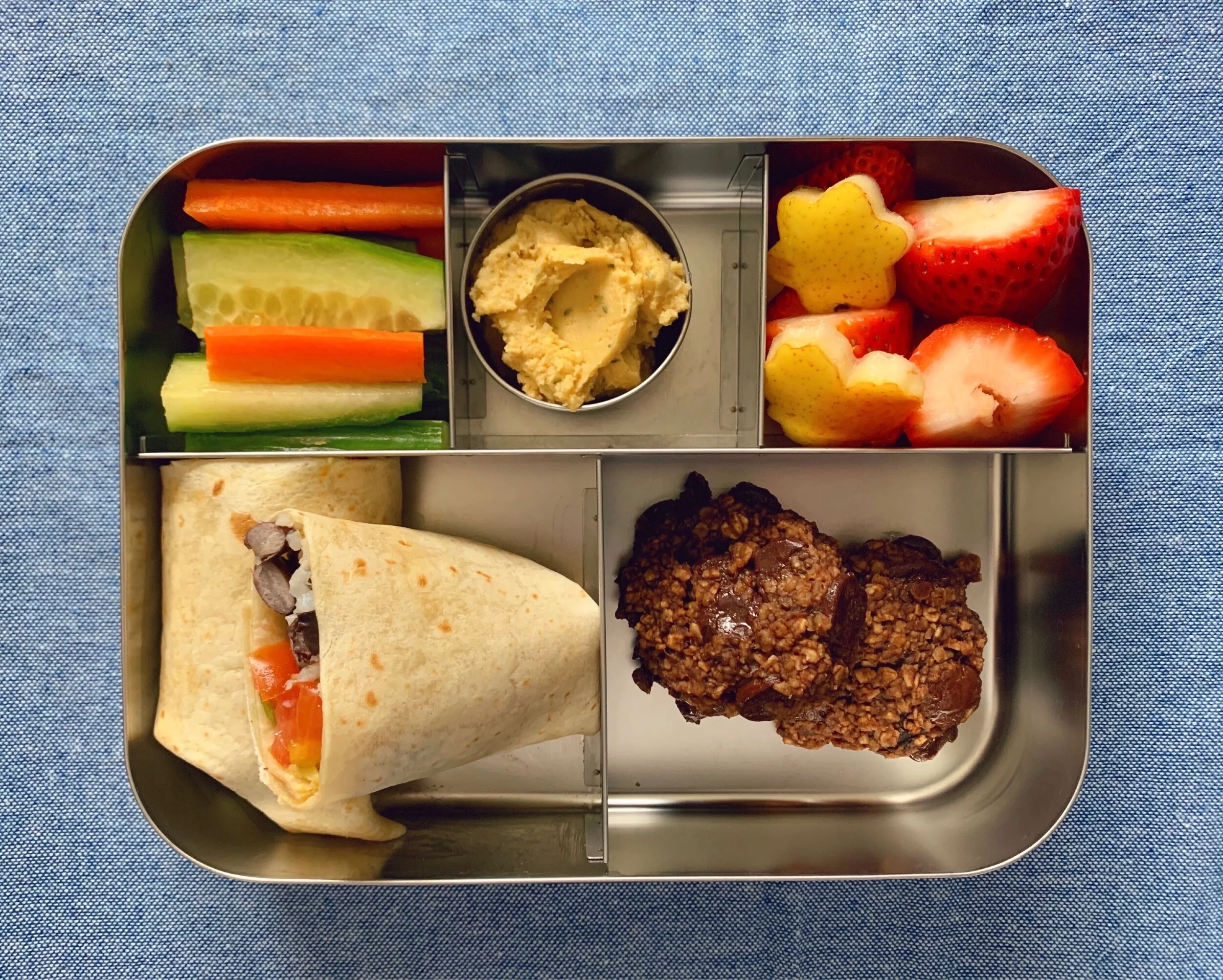Should Kids Take a Multivitamin?
/I heard back from a lot of folks thanking me for my recent blog post about whether adults should take a multivitamin. So I knew that I needed to answer: should kids take a multivitamin.
Just like I said in my adult post, first I need to tell you that when it comes to nutrition, one size doesn’t fit all. Each child has different nutrition needs – based on age, health concerns, eating habits, etc. That’s why I always include a nutrition assessment when I start to work with individual picky eaters. It’s from the results of my nutrition assessment that I create your child’s individual action plan. So, without doing an individual nutrition assessment, I can’t really answer whether your child, specifically as an individual, should take a multivitamin.
However, I can share my thoughts on multivitamins for kids in general for you to consider.
Should Kids Take a Multivitamin?
I don’t have strong feelings either way about whether kids should take a multivitamin (I’m talking toddlers, preschoolers, and school-age kids). It’s not likely to hurt. But there isn’t great evidence that it offers a lot of nutritional benefit for kids. Particularly the gummy multivitamins, for them to taste good, many of the nutrients need to be taken out. Also for safety reasons, most kids multivitamins don’t have iron in them. Concern that kids aren’t eating enough iron (e.g. when picky kids don’t eat meat or plant-based high iron foods) is one of the reasons that I may recommend a multivitamin for kids. But you have to go out of your way to find a kids’ multivitamin that contains iron.
There are two exceptions to my recommendation:
Babies receiving a combination of solid foods and breastmilk/ formula don’t need a multivitamin. But I do recommend continuing 400 IU or more of vitamin D drops for babies receiving breastmilk.
If your daughter has started menstruating, I do recommend a supplement containing the active form of folate. I get into the reasons why in my adult post.
Kids and Vitamins - Pitfalls to Avoid
An important pitfall that you want to avoid is teaching your kids that their vitamins are candy. That safety reason (that I mentioned above) regarding why most kids multivitamins don’t contain iron is because there is a history of kids climbing up into cabinets and taking the whole bottle of vitamins – because they wanted to eat the “candy”. An overdose of iron by taking too many vitamins can cause serious harm, even kill, a child. So, keep multivitamins up out of reach of kids. And, teach kids the difference between vitamins and candy.
Also, two pitfalls to avoid with gummy vitamins:
For younger children (4 and under) they can be a choking hazard. I recommend cutting them into smaller pieces before offering them to your kiddo.
Dentists have been reporting an increase in dental carries (cavities) amongst kids who have gummy vitamins. Because the gummies and their sugars stick to teeth. To avoid cavities, dentists recommend either choosing a vitamin that isn’t a gummy. Or, having kids brush their teeth immediately after having their gummy vitamins.
Other Vitamins for Kids
There are other vitamins that I do recommend for kids:
Vitamin D for Kids
The vitamin D recommendation for kids (12 months – adulthood) is 600 IU per day. The vitamin D recommendation for babies from birth – 12 months is 400 IU per day. There are very few food-based sources of vitamin D. For example, milk and plant-based milk alternatives have about 100 IU per cup. 6 cups of milk a day would certainly crowd out other healthy foods. Vitamin D is known as the sunshine vitamin. And yes, we do make it through our skin. But only during the months of March - October (fewer months in northern BC). And, windows, clothing, sunscreen, pollution, and darker skin pigment all block the ability to make vitamin D from the sun. So I do recommend giving a vitamin D supplement daily in the range of 400 IU – 600 IU (depending on your child’s vitamin D intake from food sources).
For babies, breastmilk is typically very low in vitamin D. Formula does have ample vitamin D for most babies. Therefore, the recommendation is that all babies who are breastfed or fed a combination of breastmilk and formula, receive 400 IU of vitamin D daily.
Omega-3 (Fish Oil) For Kids
The evidence isn’t super strong, but I do have a soft recommendation of omega-3s for kids (toddlers – teens). The evidence is mixed regarding its benefit for brain health and general inflammation, so I don’t have a firm recommendation.
If your child eats fatty fish (e.g. salmon, sardines) twice a week, then they may be getting enough of these healthy fats.
Many kids don’t eat fatty fish that often (if at all), so I do recommend a fish oil supplement. You can get liquid supplements in quite lovely flavours. Follow the directions on the bottle for the age of your child.
If you don’t like the idea of your child consuming fish, look for an algae-based omega-3 supplement. There are lots of these on the market now.
I’ve noticed that some of the kids' omega-3 liquid supplements include vitamin D, so you may be able to get both in at the same time.
Eating nuts, seeds, and their butters (e.g. almond butter) daily is also a great way to contribute to a healthy ratio of omega-3:omega-6 fats.
Wondering if you should take a multivitamin? Check out this blog post.
Love this post?
Pin it!
Save this post for later or share it with your friends and family on Pinterest.
Check out more of Kristen’s pins here.























